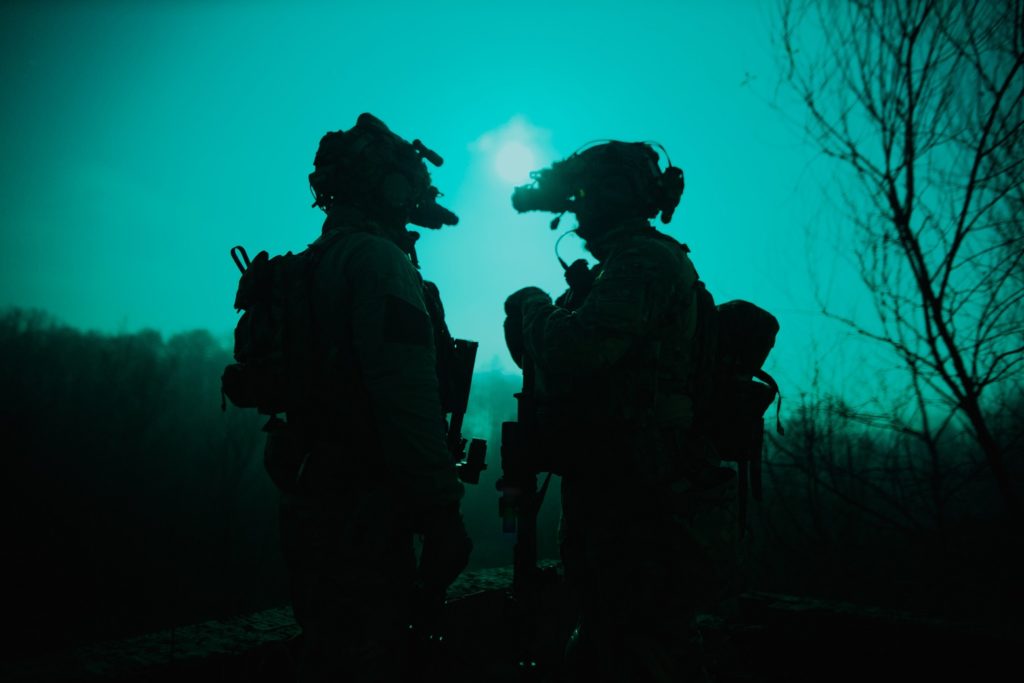
A Brief History of Bulletproof Blankets
Bulletproof blankets have been around since the late 19th century when they were used by police forces as a means of protecting themselves from gunfire. Over the years, bulletproof blankets have evolved to become an important tool in military and law enforcement arsenals. This post will take a look at how bulletproof blankets have been developed over time to become the life-saving devices they are today.
The Early Days of Bulletproof Blankets
The earliest use of bulletproof blankets dates back to 1890s Scotland when police officers began using them as a way to protect themselves during raids or other dangerous situations. These early bulletproof blankets consisted of layers of fabric that had been soaked in a solution designed to absorb bullets upon impact. While these early bulletproof blankets were effective in stopping bullets from entering their targets, they were heavy and bulky, making them difficult to carry around and deploy quickly.
Modern Day Bulletproof Blankets
In recent years, advances in technology have led to the development of lighter and more flexible bulletproof blankets made from Kevlar or other synthetic materials. These modern-day bulletproof blankets offer better protection for those wearing them because they are designed to spread out the impact force over a larger area. In addition, many modern-day bulletproof blankets come with additional features such as straps or handles that make them easier to transport and deploy quickly.
Military Applications of Bullet Proof Blankets
Today, one of the most common uses of bulletproof blankets is by military personnel who are deployed in active combat zones. By wearing these lightweight ballistic shields, soldiers can protect themselves from enemy fire while still maintaining their mobility and agility on the battlefield. In addition, many militaries also use Kevlar vests and helmets for added protection against high-velocity rounds or explosives.
Bulletproof blankets have come a long way since their initial conception back in 1890s Scotland! Today’s versions provide greater protection than ever before thanks to advances in materials science and manufacturing technology that makes them lighter and more flexible than ever before. They remain an invaluable tool for those who work in law enforcement or security roles, providing vital protection against gunshots or other ballistic threats while allowing individuals to remain mobile and agile on the job. With further advancements in materials science being made all the time, it’s likely that we’ll see even better versions released soon.
For more articles, please click here.